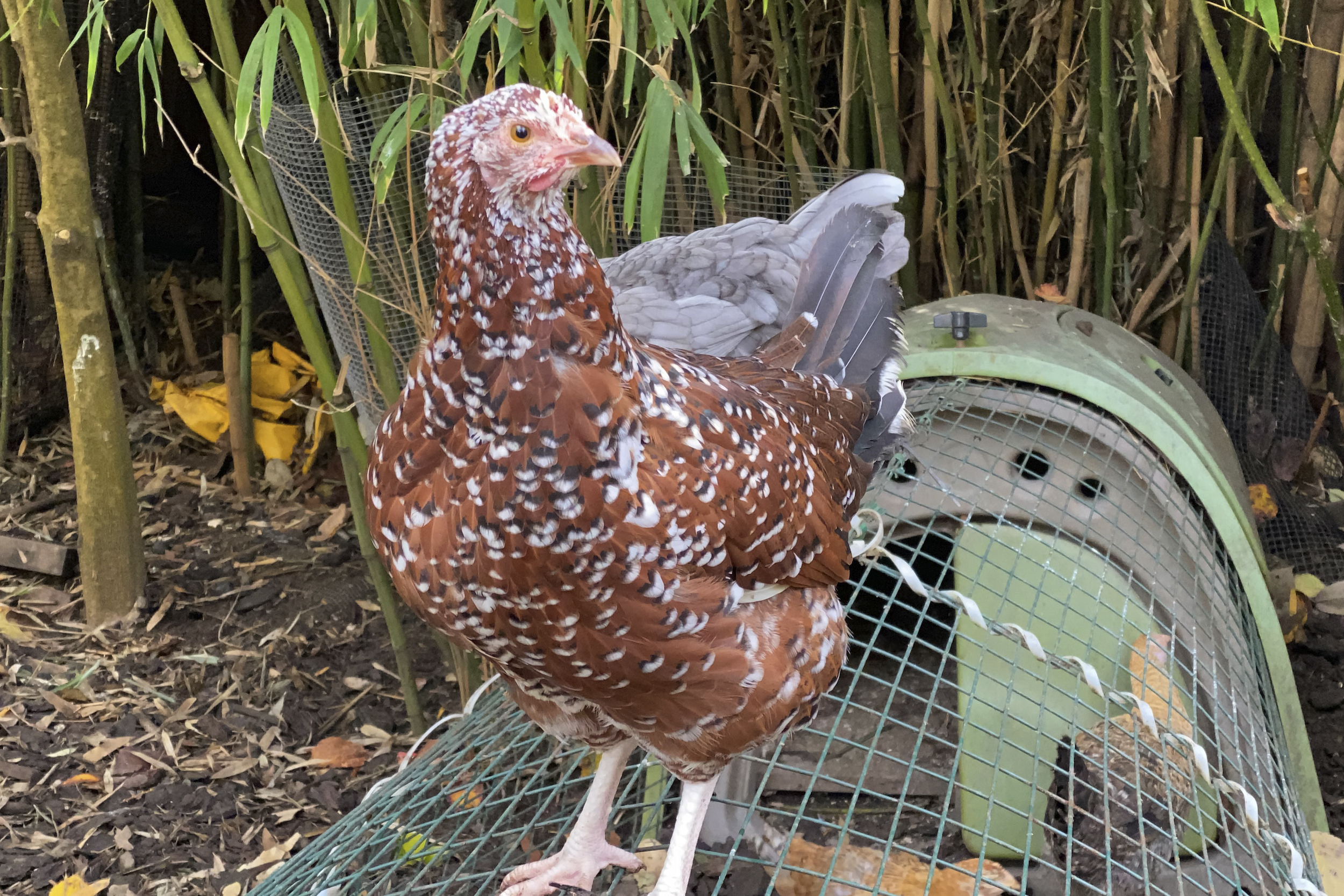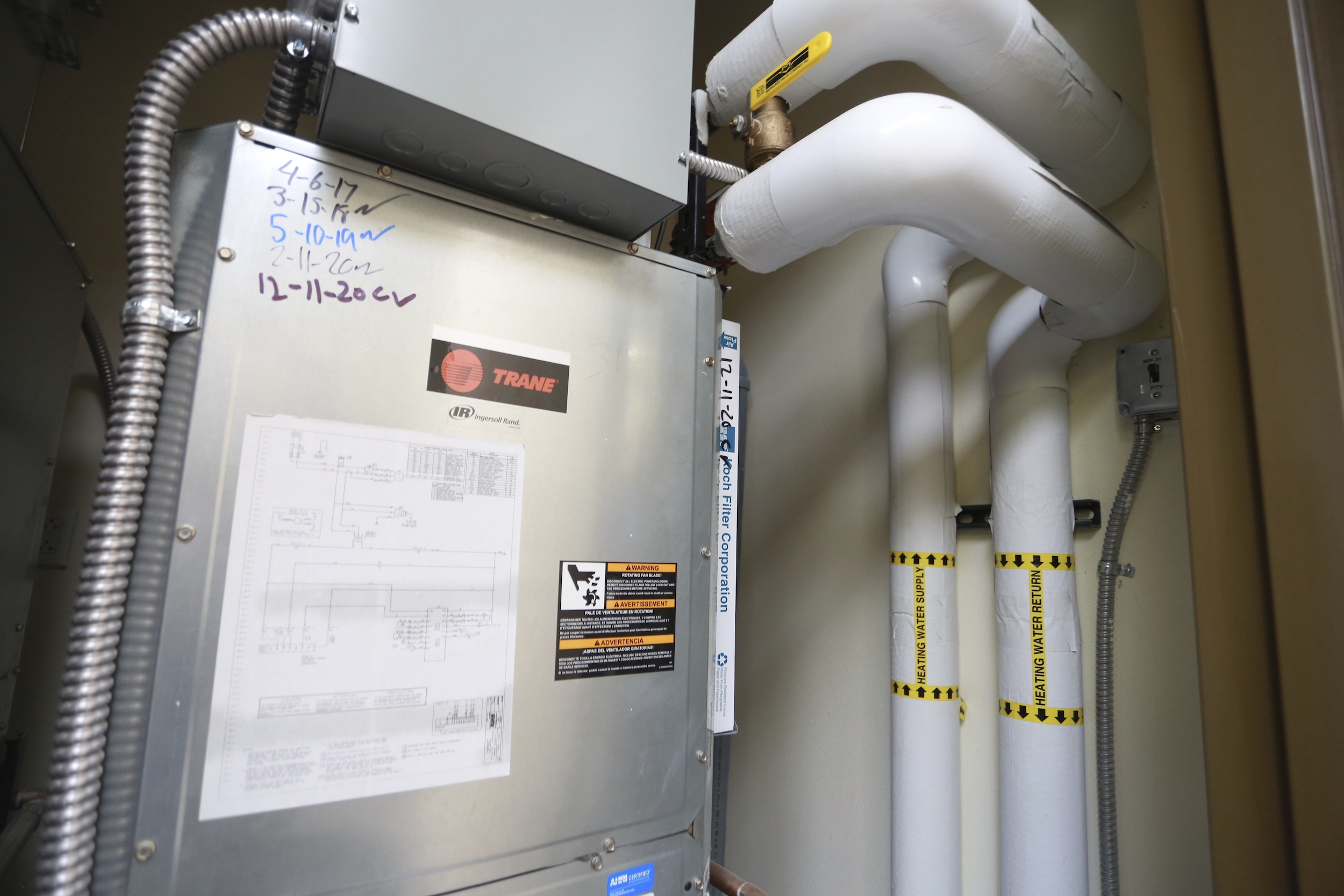 Covering COVID-19 is a daily Poynter briefing of story ideas about the coronavirus and other timely topics for journalists, written by senior faculty Al Tompkins. Sign up here to have it delivered to your inbox every weekday morning.
Covering COVID-19 is a daily Poynter briefing of story ideas about the coronavirus and other timely topics for journalists, written by senior faculty Al Tompkins. Sign up here to have it delivered to your inbox every weekday morning.
Last week’s jobs report was a bit of a headscratcher. In April, employers hired about a fourth as many people as analysts expected. So the Monday morning question is why are so few people being hired when employers say they are looking for workers and can’t find them?
Consider this: A National Federation of Independent Business survey showed a record 42% of small businesses had job openings they could not fill in March. The NFIB study found:
A net 28% of owners reported raising compensation (up three points) and the highest level in the past 12 months. A net 17% plan to raise compensation in the next three months, down two points.
Seven percent of owners cited labor costs as their top business problem and 24% said that labor quality was their top business problem. Finding eligible workers to fill open positions will become increasingly difficult for small business owners.
Uber and Lyft are both trying to find drivers while ride prices spike because of the shortage. On the other hand, the Air Force says it retained a lot more pilots last year since they had nowhere else to go.
Here is one way to look at this labor story: It is not so much that there are not enough jobs, but that there are not enough workers to fill those jobs. CNBC reports:
“I think this is just as much about a shortage in labor supply as it is about a shortage of labor demand,” said Jason Furman, an economist at Harvard University and a former Obama administration advisor. “If you look at April, it appears that there were about 1.1 unemployed workers for every job opening. So there are a lot of jobs out there, there is just still not a lot of labor supply.”
And still, about 8 million Americans are unemployed (as compared to pre-pandemic).
Reuters came up with six reasons why people are still staying out of the job market:
Parents — particularly mothers — can’t work because of closures or shortened hours at schools and daycare.
Would-be workers remain concerned about health risks.
Stock-market gains have given some older workers the cushion to retire.
Some younger workers are finding jobs in new fields, shrinking the labor pool for the industries they left behind.
Many employers need to fill jobs requiring skills that sidelined workers may not have.
Employers complain that enhanced unemployment benefits and other government aid are keeping workers on the sidelines.
The Labor Department report says the number of people who lost their jobs during the pandemic and still have not been hired back is thinning:
In April, 9.4 million persons reported that they had been unable to work because their employer closed or lost business due to the pandemic — that is, they did not work at all or worked fewer hours at some point in the last 4 weeks due to the pandemic. This measure is down from 11.4 million in the previous month.
But that means more than 9 million people are still out of work because of the effects of the pandemic. Some jobs have disappeared and won’t be coming back because the ways we work, shop and live have changed. The new jobless figures showed:
Professional and business services saw a steep 111,000 decline in jobs in temporary help, while support services lost 15,000 positions.
Courier help declined by 77,000.
Manufacturing lost 18,000 positions.
Who is hiring? Talk to local restaurants and hotels. That is where the April jobs jumped the most — even though there are still almost 17% fewer people working in those jobs compared to pre-pandemic:
In April, employment in leisure and hospitality increased by 331,000, as pandemic-related restrictions continued to ease in many parts of the country.
More than half of the increase was in food services and drinking places (+187,000). Job gains also occurred in amusements, gambling, and recreation (+73,000) and in accommodation (+54,000).
Although leisure and hospitality has added 5.4 million jobs over the year, employment in the industry is down by 2.8 million, or 16.8 percent, since February 2020.
As the hotel industry comes back, some destinations like Hawaii and Texas are looking for ways to refill local government budgets with new hotel taxes. Like Hawaii, New Orleans government agencies are tussling over who controls the hotel tax income.
Other places, like Nevada, are trying to figure out a way to get online booking agencies to pay more. San Diego says its local tourism economy will take at least a couple of years to recover from the pandemic. Las Vegas rooms are filling up on weekends even though the convention business is a ways off.
How should journalists refer to the COVID-19 variant in India?
The South Asian Journalists Association is offering some guidance against using the term “India variant” or “Indian variant” when describing the new version of the COVID-19 virus that reportedly originated out of India. SAJA says:
SAJA’s guidance is in keeping with best practices issued in 2015 by the World Health Organization (WHO), which warns that the naming of diseases, viruses or variants after the countries from which they originate could stigmatize the people living there.
SAJA recommends applying the same guidance to any current or future variants of the coronavirus that originate from other countries. For instance, instead of using the label “the South Africa variant,” the AP Stylebook suggests using “the variant first detected in South Africa” as an alternative.
SAJA is rightfully concerned that as the crisis unfolds in India, South Asians will feel the same racist hatred that has been directed toward East Asians during this pandemic.
Looking for chicken? Tough cluck.

A heritage hen sits on a wire enclosure at Mill Valley Chickens in Mill Valley, Calif., Dec. 15, 2020. (AP Photo/Terry Chea)
Chicken supplies are running low. The Wall Street Journal reports:
After a year promoting takeout wings and crispy chicken sandwiches, restaurants including KFC, Wingstop Inc. and Buffalo Wild Wings Inc. say they are paying steep prices for scarce poultry. Some are running out of or limiting sales of tenders, filets and wings, cutting into some of their most reliable sales.
Independent eateries and bars have gone weeks without wings, owners say. Chicken breast prices have more than doubled since the beginning of the year, and wing prices have hit records, according to market-research firm Urner Barry.
“The overall supply is constrained. That affects every part of the bird,” Wingstop Chief Executive Charlie Morrison said in an interview earlier this week. Wingstop said it is paying 26% more for bone-in chicken wings this year.
The National Chicken Council says the weather, of all things, is partly to blame for the shortage. Chicken Council spokesman Tom Super does not use the word “shortage,” but says the supply is “tight.” He adds:
“Chicken producers are doing everything they can to overcome the devastating impact of Mother Nature when she inflicted the once-in-a-lifetime winter storm on Texas and nearby states — major chicken producing regions. It will take time and effort to eventually replace the impacted hatchery supply flocks in that region, but supply should catch back up to demand soon.”
Pricey planks
I know you have mentioned this, but the story just keeps getting bigger. Nearly every day, lumber prices set new records.
Slate says, “Two-by-fours are suddenly very, very expensive, sending the cost of building a new home up by about $36,000 on average, according to the National Association of Home Builders. Lumber companies are reporting record profits.”
Shipping container shortage

Crew members stand on the bow as the CMA CGM Argentina arrives at PortMiami, the largest container ship to call at a Florida port, Tuesday, April 6, 2021, in Miami. (AP Photo/Lynne Sladky)
While we are at it, we might as well spend a few lines exploring the metal shipping container shortage, too. Those big boxes that ride on ocean-going ships, trains and trucks are not only in demand, they are really expensive right now. Bloomberg says it will take several more months before manufacturers can build enough new containers to make a difference. Without enough boxes, all kinds of materials cannot move from factories to users around the globe.
No shortage of shortages
If it seems like we have an abundance of shortages these days, you would be right. Check the Federal Reserve’s Beige Book and you will see the words “shortage” or “shortages” have appeared a lot more often since the pandemic began.
The Fed monitors all sorts of things, from a shortage of nurses to truck drivers and home appliances.
When COVID-19 vaccines cause family feuds
Epidemiologist Dr. Katelyn Jetelina explores how partners use vaccines (or the choice to not get a vaccine) as a power play.
Women are far more likely to be vaccinated than men and disagreements over whether to get vaccinated — and now whether to allow children to be vaccinated — is creating some ugly struggles.
Big promises from and big profits for the companies providing COVID-19 air purifiers to schools

An air circulation system at Nina Otero Community School is seen, Monday, Feb. 8, 2021, in Santa Fe, New Mexico. (AP Photo/Cedar Attanasio)
Kaiser Health is investigating the big claims that some companies are making about the air purifiers that schools are scrambling to buy to calm worried parents. Health experts urge schools and businesses to use HEPA filtering systems, which have been around a long time. But a different high-tech solution is gaining popularity despite questions about its effectiveness.
These systems emit ozone, which can exacerbate asthma and harm developing lungs, according to decades of research.
School officials desperate to calm worried parents bought these devices and others with a flood of federal funds, installing them in more than 2,000 schools across 44 states, a KHN investigation found. They use the same technology — ionization, plasma and dry hydrogen peroxide — that the Lancet COVID-19 Commission recently deemed “often unproven” and potential sources of pollution themselves.
In the frenzy, schools are buying technology that academic air-quality experts warn can lull them into a false sense of security or even potentially harm kids. And schools often overlook the fact that their trusted contractors — typically engineering, HVAC or consulting firms — stand to earn big money from the deals, KHN found.
Only one state, California, regulates ozone emissions from air cleaners. The federal government does almost nothing to regulate ozone from the devices.
The rush to buy new systems is fueled in part by $193 billion in federal funds allocated to schools for teacher pay and air handling systems. The biggest concern might be that schools buy ionization system units that are too large for a classroom.
Indeed, the Center for Green Schools says it has heard from 4,000 schools nationwide and found them focusing a lot of attention on their air supplies:
87% increased outdoor air supply through existing HVAC systems, 77% imposed a flushing strategy and 70% upgraded their filters in at least some of their schools.
The group says all of this attention means schools have been “bombarded with persistent salespersons peddling the latest air and cleaning technologies, including those with minimal evidence to-date supporting safety and efficacy.”
The Lancet report says schools have had poor air circulation since long before the pandemic:
Most schools do not meet even the minimum American Society of Heating, Refrigerating and Air Conditioning Engineers (ASHRAE) ventilation design standard of approximately five liters per second per person (l/s/p.)
For example, in a study of 100 US classrooms, 87 had ventilation rates below recommended minimum standards.
A study in Texas found similar results; excessive peak CO2 concentrations were identified in up to 88% of elementary school classrooms, and time-averaged CO2 concentrations exceeded recommended thresholds in 66% of classrooms, suggesting inadequate ventilation rates.
In a recent study of 46 classrooms across seven high schools, the mean and median ventilation rates were one half to one third of minimum standards. Further, in an international review of classrooms in more than thirteen countries, a widespread failure to provide the minimum ventilation rate was revealed.
Millions lost dental insurance during the pandemic
A new survey by CareQuest Institute for Oral Health found an estimated 6 million Americans lost their dental insurance during the pandemic. The survey says:
Additionally, an estimated 28 million adults have delayed getting dental care because of one or more concerns, including the cost of care, lack of insurance, or concerns about risk of exposure to the virus. This suggests that lack of dental coverage and inaccessibility of affordable care is further fueling the ongoing oral health crisis in the US.
Prior research has shown that Americans in poverty are 2.5 times more likely to have an unmet dental need due to lack of insurance. Black adults are 68% more likely to have an unmet dental need than white adults, and nearly 4 in 10 Black and Latinx adults reside in 14 states where Medicaid’s adult dental benefits cover no services or emergency-only care.
The Guardian focused on the loss of dental care during the pandemic and included this passage:
“Dental care is the No. 1 medical service that Americans skip because of cost,” said Melissa Burroughs, the associate director for the Oral Health Campaign at the non-profit consumer health advocacy organization Families USA. “Oral health is not just a health issue, it’s a social justice and equity issue.”
Even for families that have dental coverage or can afford care, the pandemic has been disruptive. A recent poll by C.S. Mott Children’s Hospital found parents delaying dental care for children because of COVID-19 concerns and some found it difficult to get an appointment when dentists scaled back services.
One bright spot showed up in the polling. More than one in 10 parents said their kids were taking better care to brush, floss and drink less sugary beverages during the pandemic.
The times in which we live
I can’t believe someone made a game out of the hell we live in every day. pic.twitter.com/rzRkmaY9Ga
— Melissa Luck ☘ (@MelissaKXLY4) May 6, 2021
Yes, for $19.99 the game promises hours of “ridiculous fun” during “3 unique and hilarious rounds of play.”
We’ll be back tomorrow with a new edition of Covering COVID-19. Are you subscribed? Sign up here to get it delivered right to your inbox.









